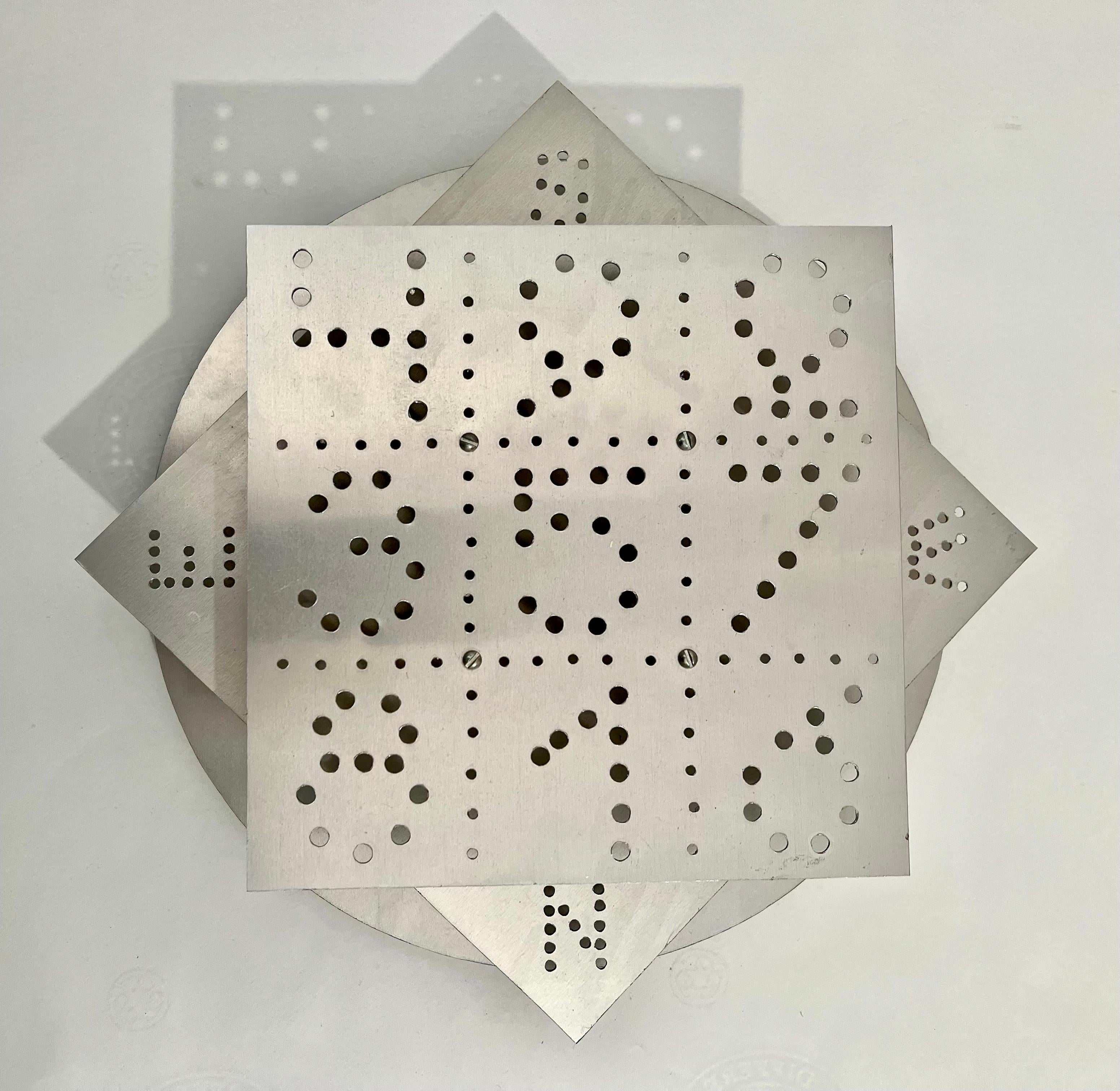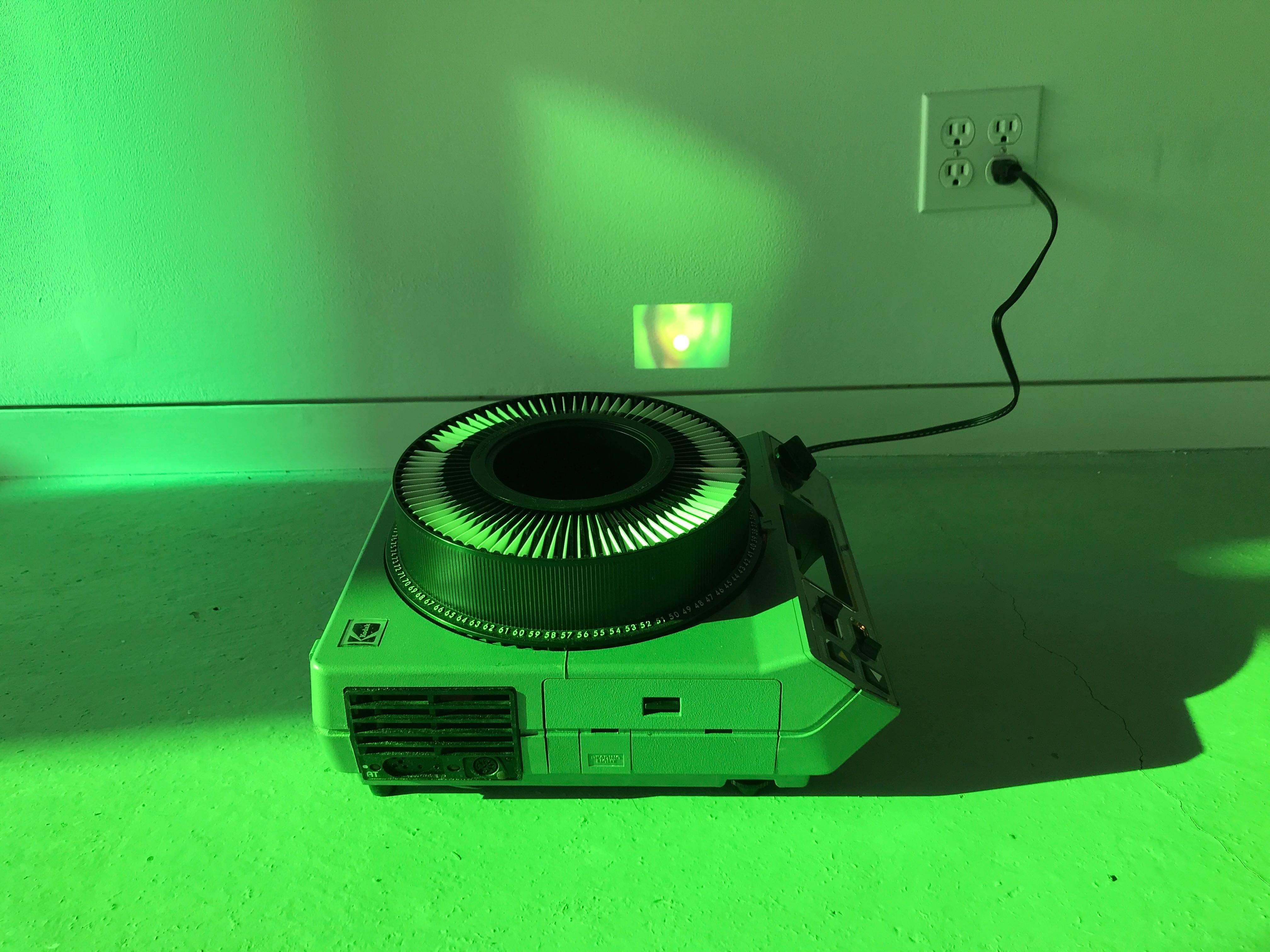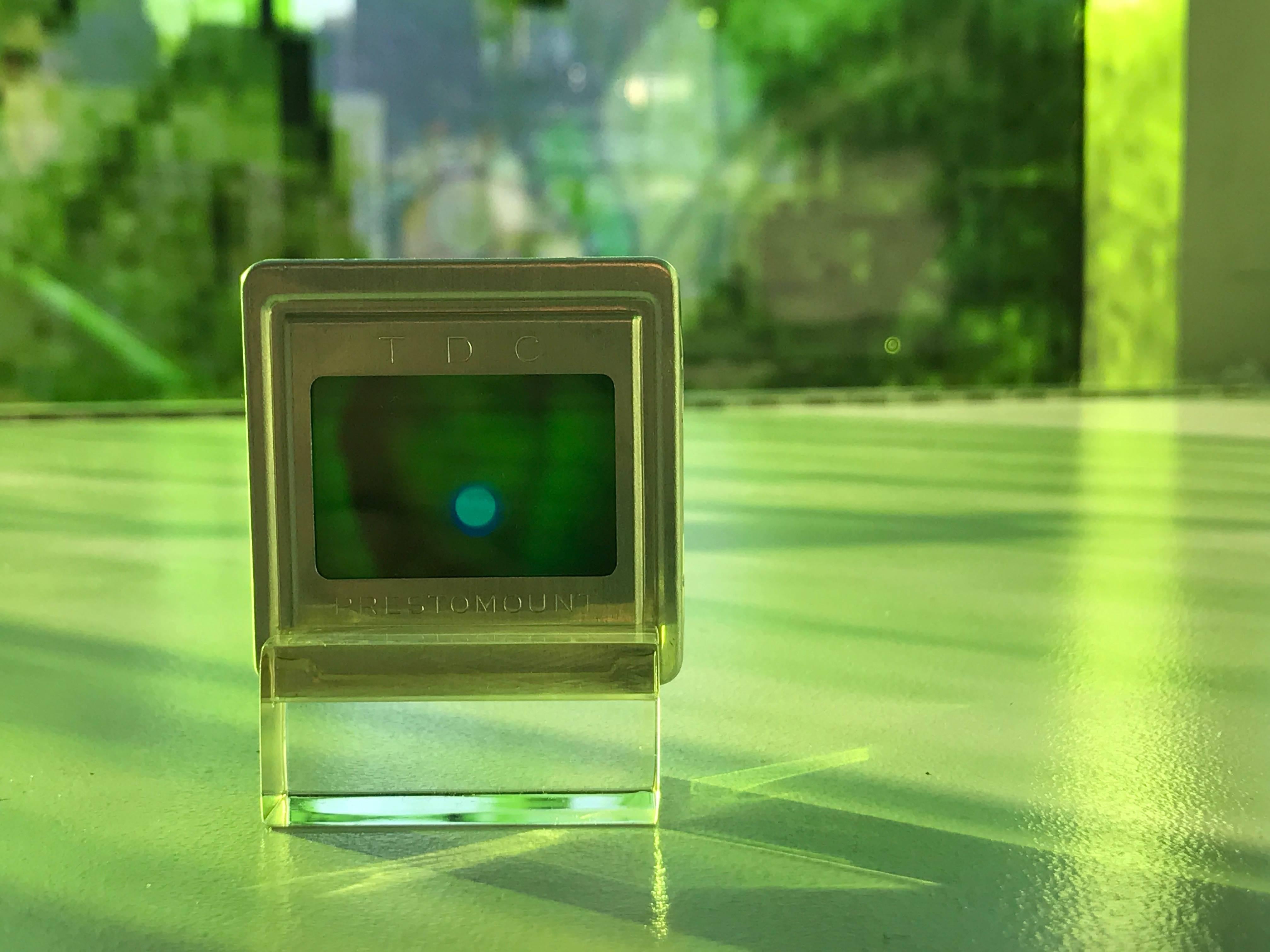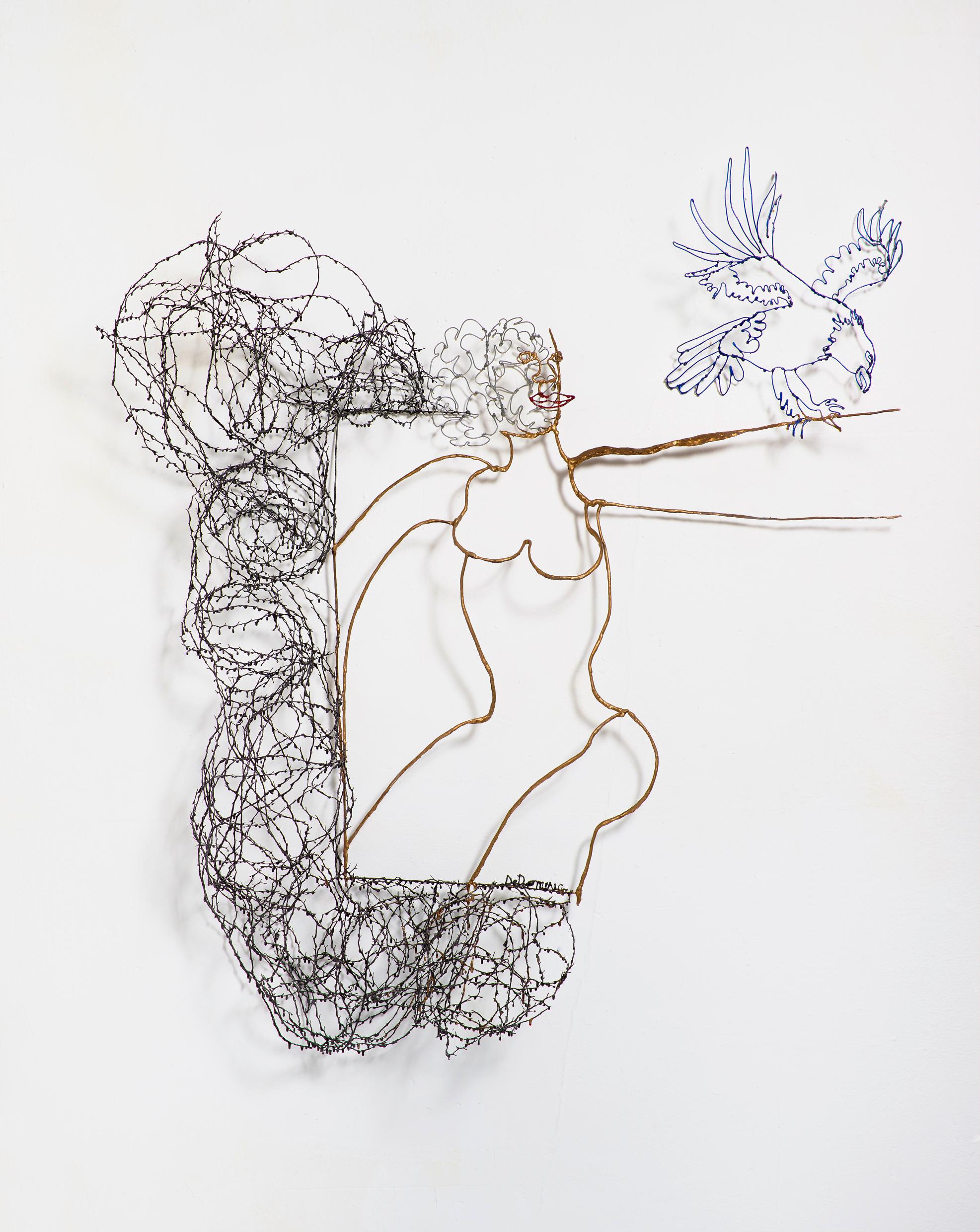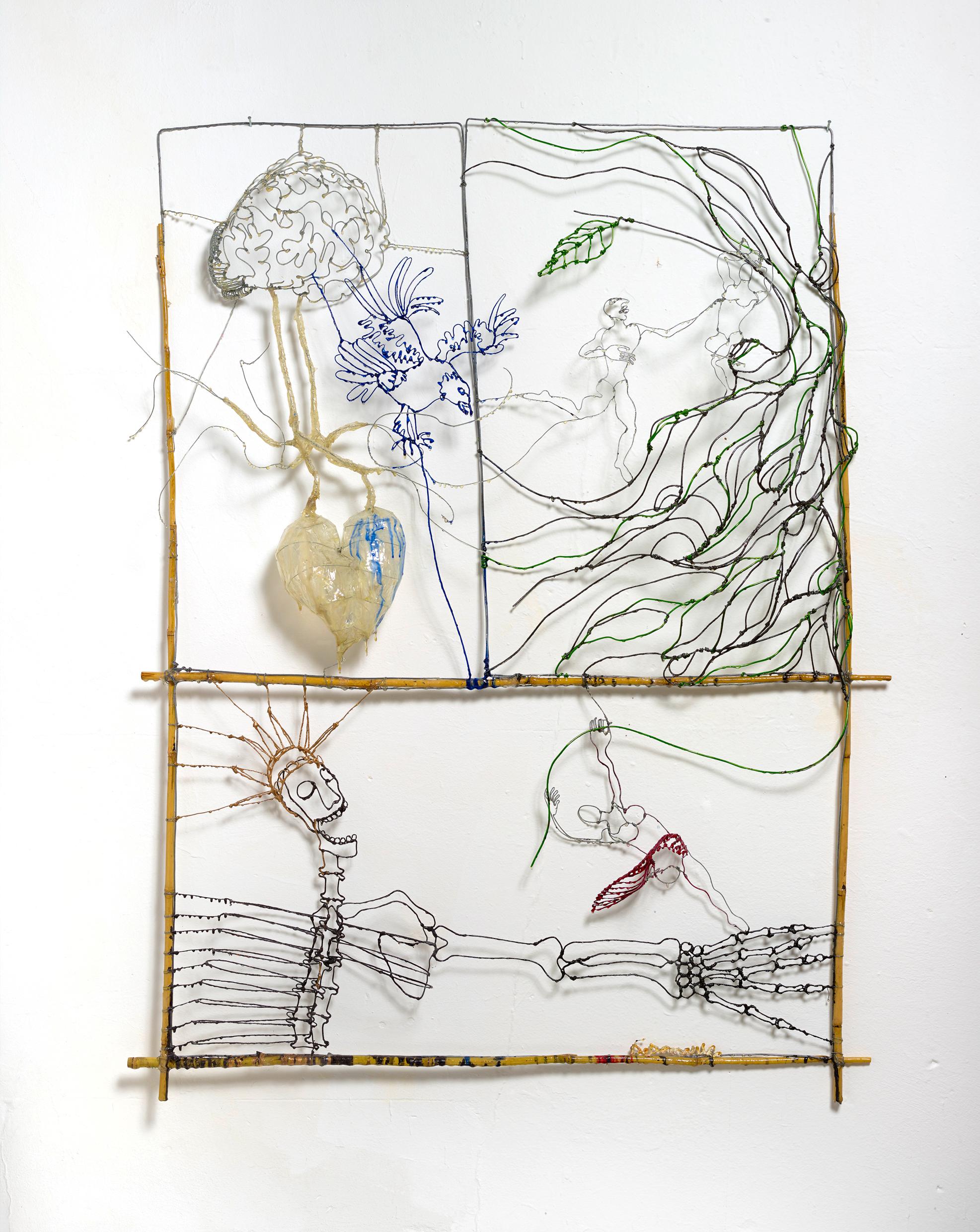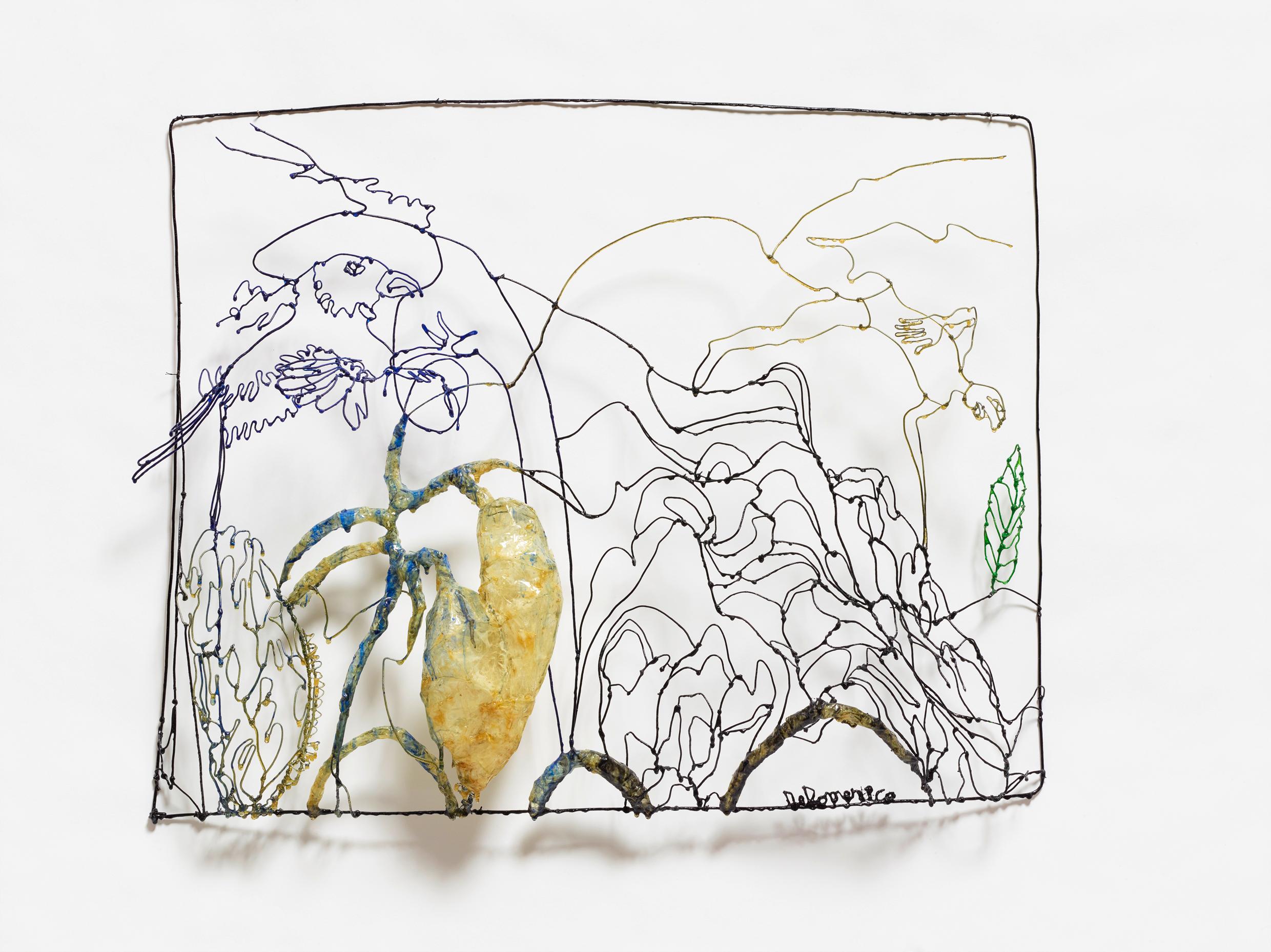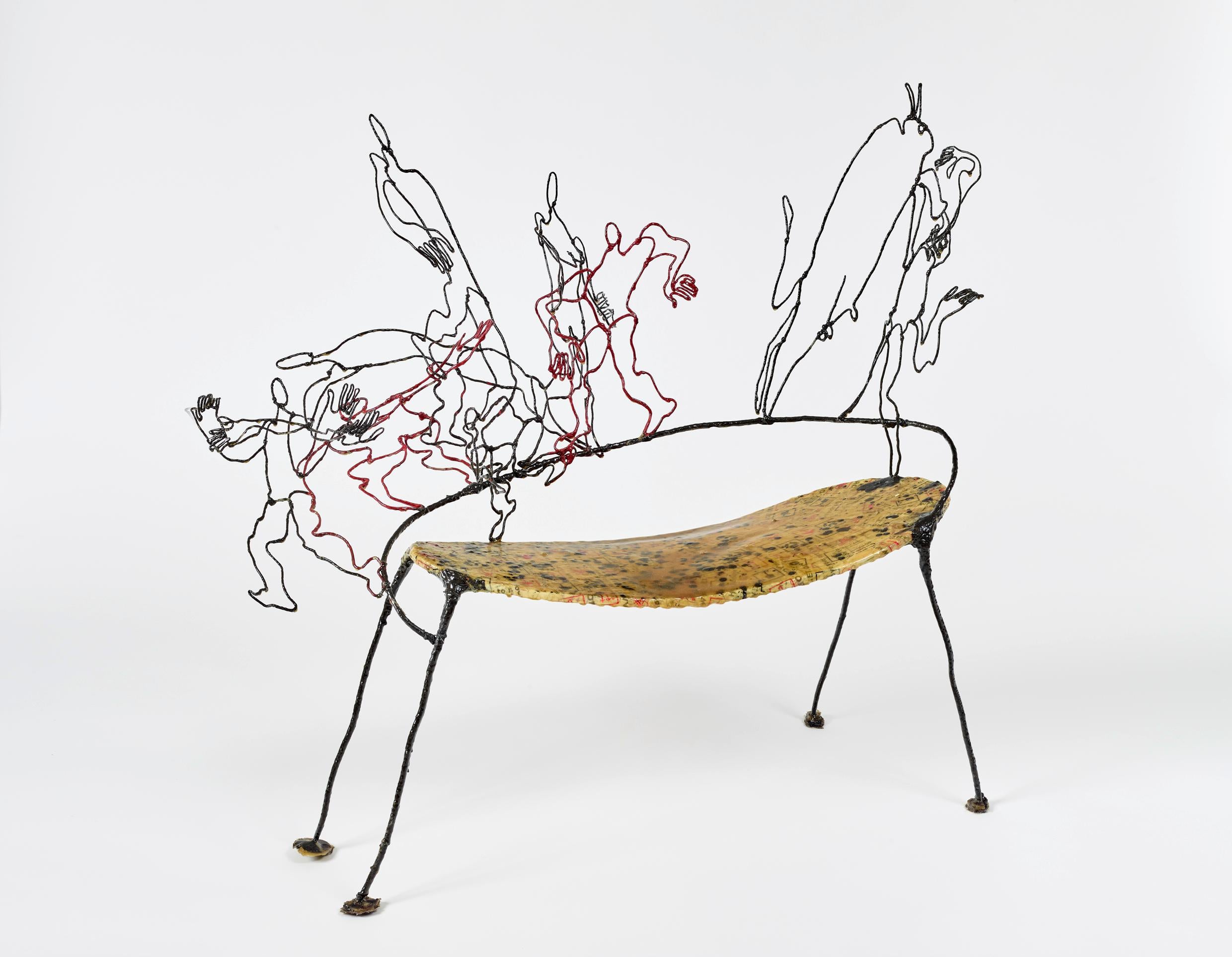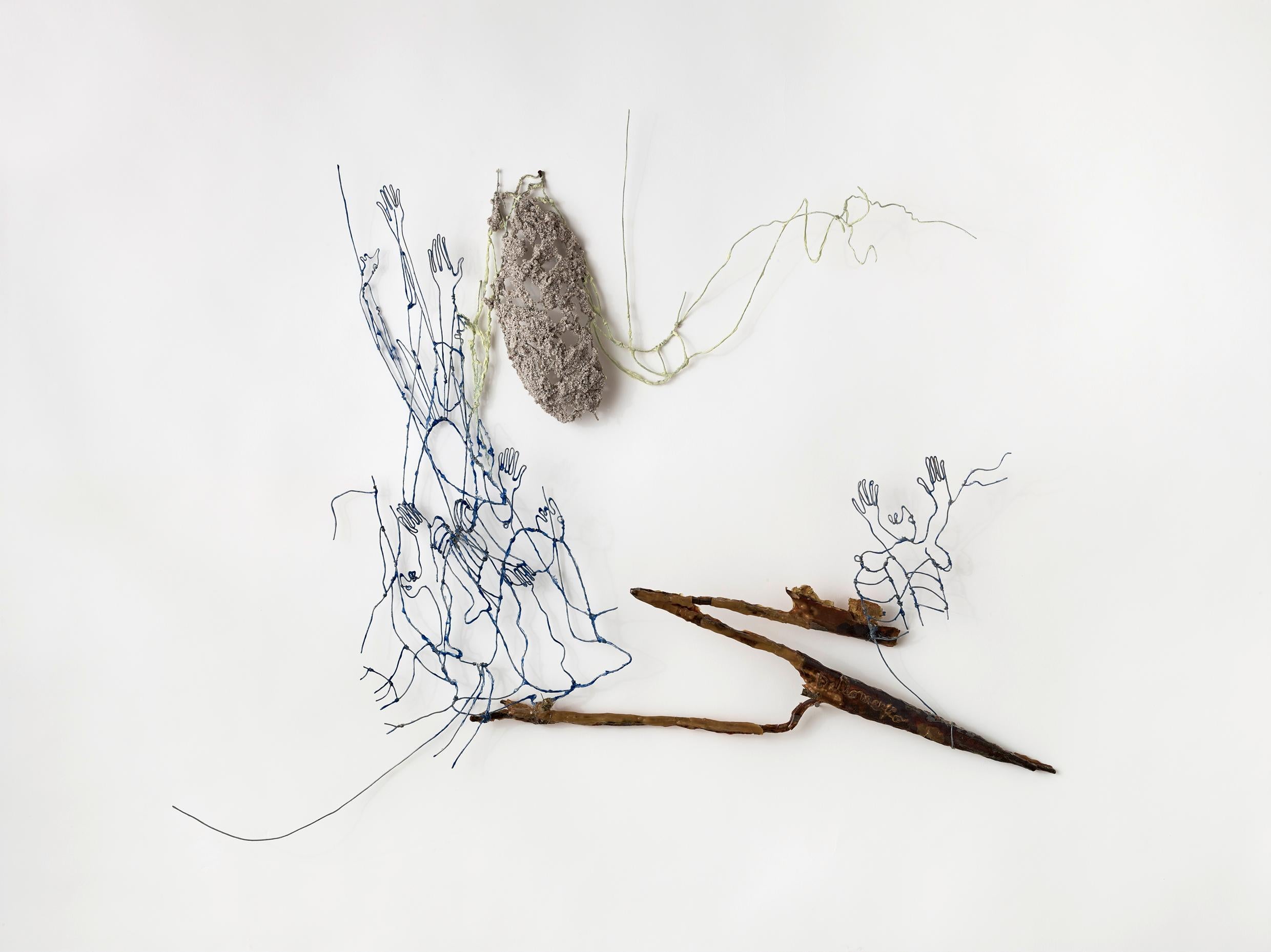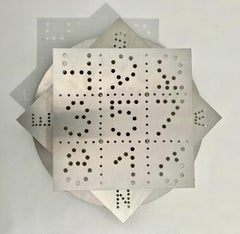
Mario Moreno Cantinflas
View Similar Items
1 of 4
Arantxa RodriguezMario Moreno Cantinflas2017
2017
About the Item
- Creator:Arantxa Rodriguez
- Creation Year:2017
- Dimensions:Height: 14.5 in (36.83 cm)Width: 14.5 in (36.83 cm)
- Medium:Neon Light,Photogram
- Movement & Style:
- Period:
- Condition:
- Gallery Location:Staten Island, NY
- Reference Number:1stDibs: LU127824931631
You May Also Like
- Russian Samizdat Art Conceptual Photo Sculpture Assemblage Gerlovin & GerlovinaLocated in Surfside, FLRimma Gerlovina and Valeriy Gerlovin Clock, 1987-94 Aluminum sculpture, mixed media and c-print photograph construction, c-print, felt tip marker 13 h × 13 w × 4 d in (30 × 30 × 6 cm) Rimma Gerlovina and Valeriy Gerlovin were founding members of the underground conceptual movement Samizdat in the Soviet Union, described in their book Russian Samizdat Art. Based on a play of paradoxes, their work is rich with philosophic and mythological implications, reflected in their writing as well. Their book Concepts was published in Russia in 2012. The work by Rimma Gerlovina and Valeriy Gerlovin is emphatically contemporary. The artist couple were part of the Moscow Conceptualists, their performance Costumes, from 1977, deepened their ongoing work with linguistic semiotic systems and their own bodies. Considering the context in which Gerlovina and Gerlovin made their work—that of political restrictions on public life, of unfreedom, and censorship—their collaborative togetherness must also be read as a space of possibility for political community and resistance. Rimma Gerlovina’s hair is featured prominently in the art of the Gerlovins as a constructing element of the body. Used for the linear drawings her braids transmit transpersonal waves reminiscent of an aura of live filaments. Long loose hairs function as threads of life; streaming in abundance, they allude to Aphrodisiac vitality and Samsonian strength. On the other hand, they are the haircloth worn during mourning and penitence. In New York they continued to make sculptural objects, and their photographic projects grew into an extended series called Photoglyphs. In their photographs, they use their own faces to explore the nature of thought and what lies beyond it. Since coming to the United States in 1980, they had many exhibitions in galleries and museums including the Art Institute of Chicago. The New Orleans Museum of Art launched a retrospective of their photography, which traveled to fifteen cities. Group exhibitions include the Venice Biennale, the Guggenheim Museum, New York, Smithsonian National Museum of American Art, Washington D.C., Bonn Kunsthalle, Germany, Tokyo Metropolitan Museum of Photography, State Tretyakov Gallery, Moscow, and others. Samizdat or “self-published” began in the Soviet Union, and Samizdat art consists mainly of books and magazines published and distributed by the artists who made them. Samizdat art has sources in the innovative books and magazines turned out by the early 20th century Russian avant-garde—artists and writers like Olga Rozanova, Vladimir Mayakovsky, El Lissitzky, and Alexander Rodchenko. Artists as varied as Alexander Archipenko, Leon Bakst, Marc Chagall, Naum Gabo, Alexandra Exter...Category
1980s Conceptual Figurative Photography
MaterialsMetal
- Russian Samizdat Art Conceptual Compass Sculpture Assemblage Gerlovin, GerlovinaLocated in Surfside, FLRimma Gerlovina and Valeriy Gerlovin Compass, 1988 Aluminum sculpture, mixed media and c-print photograph construction, c-print, felt tip marker 12.5 h × 12.5w × 4 d in (30 × 30 × 6 cm) Rimma Gerlovina and Valeriy Gerlovin were founding members of the underground conceptual movement Samizdat in the Soviet Union, described in their book Russian Samizdat Art. Based on a play of paradoxes, their work is rich with philosophic and mythological implications, reflected in their writing as well. Their book Concepts was published in Russia in 2012. The work by Rimma Gerlovina and Valeriy Gerlovin is emphatically contemporary. The artist couple were part of the Moscow Conceptualists, their performance Costumes, from 1977, deepened their ongoing work with linguistic semiotic systems and their own bodies. Considering the context in which Gerlovina and Gerlovin made their work—that of political restrictions on public life, of unfreedom, and censorship—their collaborative togetherness must also be read as a space of possibility for political community and resistance. Rimma Gerlovina’s hair is featured prominently in the art of the Gerlovins as a constructing element of the body. Used for the linear drawings her braids transmit transpersonal waves reminiscent of an aura of live filaments. Long loose hairs function as threads of life; streaming in abundance, they allude to Aphrodisiac vitality and Samsonian strength. On the other hand, they are the haircloth worn during mourning and penitence. In New York they continued to make sculptural objects, and their photographic projects grew into an extended series called Photoglyphs. In their photographs, they use their own faces to explore the nature of thought and what lies beyond it. Since coming to the United States in 1980, they had many exhibitions in galleries and museums including the Art Institute of Chicago. The New Orleans Museum of Art launched a retrospective of their photography, which traveled to fifteen cities. Group exhibitions include the Venice Biennale, the Guggenheim Museum, New York, Smithsonian National Museum of American Art, Washington D.C., Bonn Kunsthalle, Germany, Tokyo Metropolitan Museum of Photography, State Tretyakov Gallery, Moscow, and others. Samizdat or “self-published” began in the Soviet Union, and Samizdat art consists mainly of books and magazines published and distributed by the artists who made them. Samizdat art has sources in the innovative books and magazines turned out by the early 20th century Russian avant-garde—artists and writers like Olga Rozanova, Vladimir Mayakovsky, El Lissitzky, and Alexander Rodchenko. Artists as varied as Alexander Archipenko, Leon Bakst, Marc Chagall, Naum Gabo, Alexandra Exter...Category
1980s Conceptual Figurative Photography
MaterialsMetal
- Jo Yarrington, Ghost girls_Slide Carousel, 2018, Photographic Film, Found ObjectBy Jo YarringtonLocated in Darien, CTRadioluminescence is the phenomenon by which light is produced in a material by bombardment with ionizing radiation and can be used as a low-level light source for night illumination of instruments or signage or other applications where light must be produced for long periods without external energy sources. Radioluminescent paint used to be used for clock hands and instrument dials...Category
2010s Conceptual Figurative Photography
MaterialsPhotographic Film, Found Objects
- Jo Yarrington, Ghost Girls Slides for Carousel, Photographic Film, PlasticBy Jo YarringtonLocated in Darien, CTRadioluminescence is the phenomenon by which light is produced in a material by bombardment with ionizing radiation and can be used as a low-level light source for night illumination of instruments or signage or other applications where light must be produced for long periods without external energy sources. Radioluminescent paint used to be used for clock hands and instrument dials...Category
2010s Conceptual Still-life Sculptures
MaterialsMetal
- French Contemporary Sculpture by Beatrice De Domenico - The Lady with the BirdBy Beatrice De DomenicoLocated in Paris, IDFBeatrice de Domenico is a French sculptor born in 1956 who lives & works in Nice, France. She works between traditional sculpture, classical sculpture and teachings from Nouveaux Réa...Category
2010s Conceptual Figurative Sculptures
MaterialsMixed Media
- French Contemporary Sculpture by Beatrice De Domenico - Wood Block PrintingBy Beatrice De DomenicoLocated in Paris, IDFBeatrice de Domenico is a French sculptor born in 1956 who lives & works in Nice, France. She works between traditional sculpture, classical sculpture and teachings from Nouveaux Réa...Category
2010s Conceptual Figurative Sculptures
MaterialsMixed Media
Recently Viewed
View AllMore Ways To Browse
Moreno Glass
Arantxa Rodriguez
Nude Man Sculpture
Abstract Sculpture Sphere
Listen Sculpture
Bronze Sculpture Of Couple
Sculpture Of American Indians
Glass Sculpture Hanging
Monumental Stone Sculpture
Stone Sculpture Woman
Yours Truly
Nude Sculpture Of A Man
Wall Sculpture Pink
Pop Ceramic Sculpture
Bronze Sculpture Of A Couple
Sculpture Bronze Men
Bronze Sculpture Men
Bronze Men Sculptures

